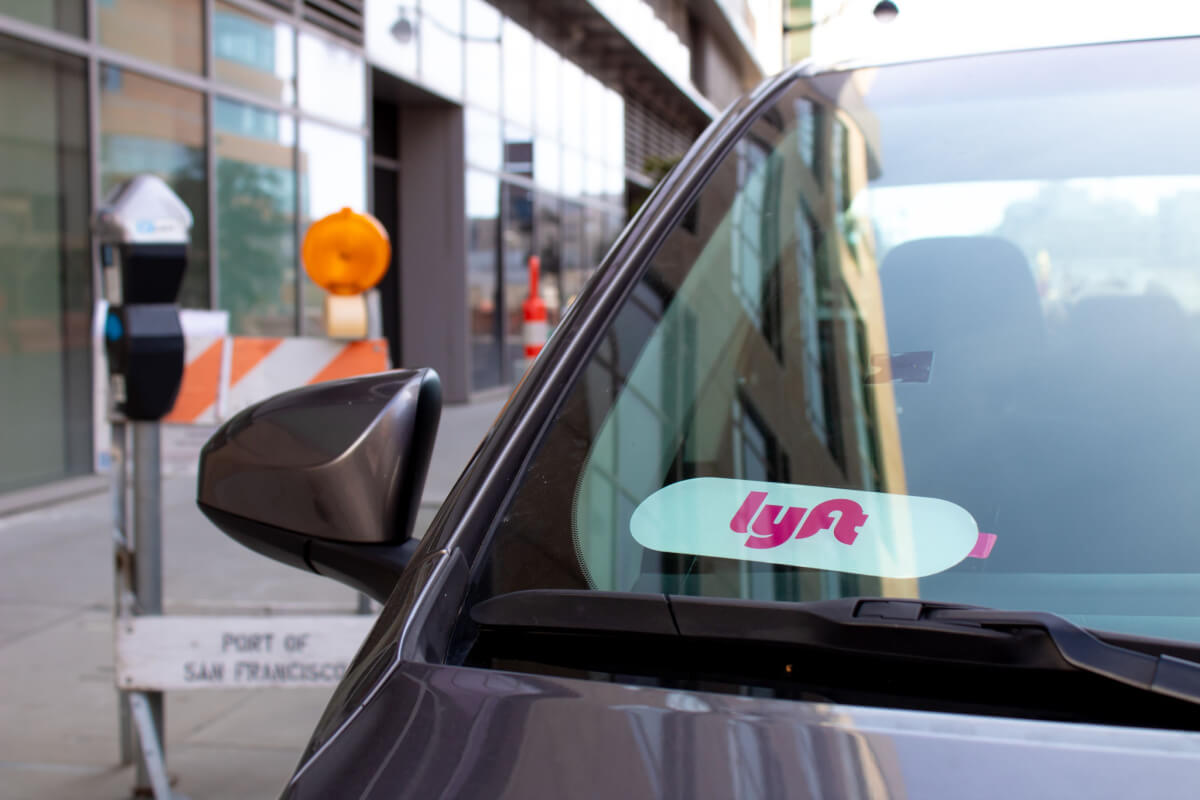GET A FREE CONSULTATION (702) 680-1111

While working for corporations like Uber and Lyft, the drivers will need extended coverage on their regular auto policies. It’s necessary to have the add-on coverage because of the periods when it can and cannot be used. Once a driver agrees to a ride or delivery, Uber and Lyft’s insurance takes effect.
The seemingly simple relationship between personal vehicle insurance, the kind of policy that most drivers hold, and occupational auto insurance is complicated by working as a rideshare driver. To accommodate the expanding trend of ridesharing via businesses like Uber and Lyft, insurance providers have to develop completely new laws and regulations. These types of auto insurance policies are now referred to as “rideshare coverage,” and the majority of insurance providers offer them as an endorsement or add-on.
As both a driver and passenger, it is necessary to know when the insurance policy is active and who it covers. This is especially important when an accident occurs with a rideshare driver.
Uber and Lyft will offer drivers appropriate rideshare insurance based on the states’ limits. A rideshare driver may not be required to carry supplementary insurance by some states or insurers. If that’s the case, the driver will be protected by the company rather than needing to buy a separate ridesharing insurance coverage. However, while the app is closed, the rideshare’s insurance does not protect the driver. A person’s personal auto policy will be effective when the app is not opened.
Rideshare insurance offers liability protection at specific points during your ride when the app is open. Depending on what is stated in the insurance, a driver’s own personal rideshare-friendly policy will give coverage throughout other parts of the trip, as well.
If in an accident as a driver or involved in an accident with a rideshare driver, it is important to know what “period” they were in and what the coverage is during each period. Period 1 only offers third-party liability coverage, and this is only if the driver’s personal insurance doesn’t cover the accident. Periods 2 and 3 offer the same coverage for liability, uninsured and underinsured motorists, and collision and comprehensive insurance.
When actively on the way to pick up a passenger, this is period two and offers the same coverage as when transporting the passenger, period three. The coverage for this is a comprehensive coverage, and liability is well-covered.
The liability insurance under rideshare companies is typically $1 million in third-party liability under periods 2 and 3. Additionally, the rideshare policies offer coverage for bodily injury when an accident occurs with an underinsured or uninsured motorist. Further, the rideshare insurance has comprehensive and collision repair insurance. This will cover the car’s cash value. Though, it does have some caveats. The collision and comprehensive coverage have a $2,500 deductible. The deductible means the driver will have to pay that amount before the coverage applies.
It is important to note that the liability coverage under period one is well under the recommended insurance coverage. The recommended value by most insurance providers is $100,000 of coverage for individual bodily injury, $300,00 per accident, and $100,00 for property damage.
Period one of the waiting period, while the app is on, has the same coverage under Lyft and Uber policies. They offer the same amount of liability coverage, which is:
The policies differ in period 2 (driving to pick up the passenger) and period 3 (traveling to the passenger’s end location). During period 2, the liability coverage is $1 million under both Uber and Lyft policies. They both cover accidents with uninsured and underinsured motorists. However, Lyft also offers first-party coverage under this category.
Another difference is at the deductible stage. They both have a $2,500 deductible, though some Uber drivers may only have a $1,000 deductible. The drivers that will have a $1,000 deductible are those renting a vehicle through the Uber Marketplace.
Uber and Lyft rides are often not covered by personal auto insurance. This is due to the fact that auto insurance providers has priced the coverage based on the assumption that drivers would only be driving for personal usages, like driving to work or to go see family or friends, and not for a living, and that they won’t be putting a lot of extra miles on their car.
As a result, the personal auto insurance of a rideshare driver won’t normally provide coverage when “at work.” Today, a wide range of insurers, including Allstate, Farmers, Liberty Mutual, Progressive, State Farm, and USAA, offer ridesharing insurance.
In particular, if the driver just carries the bare minimum of personal auto insurance mandated by the state, the rideshare company’s insurance may be just what the rideshare driver needs. A million dollars in liability protection from Uber can seem like a significant advantage in certain circumstances.
However, there may still be loopholes, in which case ridesharing insurance is useful. For instance, when the app is running, and a driver is waiting for a ride request, rideshare providers often don’t offer collision or comprehensive insurance. In such instances, having a rideshare policy through a private insurance company will help cover the gaps in the company’s insurance.
After any accident, it is imperative to contact an attorney, especially when liability is questioned. It is especially important in rideshare accidents because the company’s insurance pay needs to be applied and Uber or Lyft may try to say a driver or passenger is not covered in the collision.
Moreover, accidents can lead to various complications, both legal and emotional. For instance, victims might find themselves grappling with post-traumatic stress disorder (PTSD) after an accident. There are also situations where an individual might be involved in an accident with an expired license, raising questions about claims and liabilities. Furthermore, it’s crucial to be aware of the nuances of motorist coverage in Nevada to ensure adequate protection.
Speaking with an experienced car accident attorney in las vegas about the specifics of the accident and going over all insurance coverage will help establish who is liable and who should pay for the accident.

As founder of Gina Corena & Associates, she is dedicated to fighting for the rights of the people who suffer life-changing personal injuries in car, truck and motorcycle accidents as well as other types of personal injury. Gina feels fortunate to serve the Nevada community and hold wrongdoers accountable for their harm to her clients.